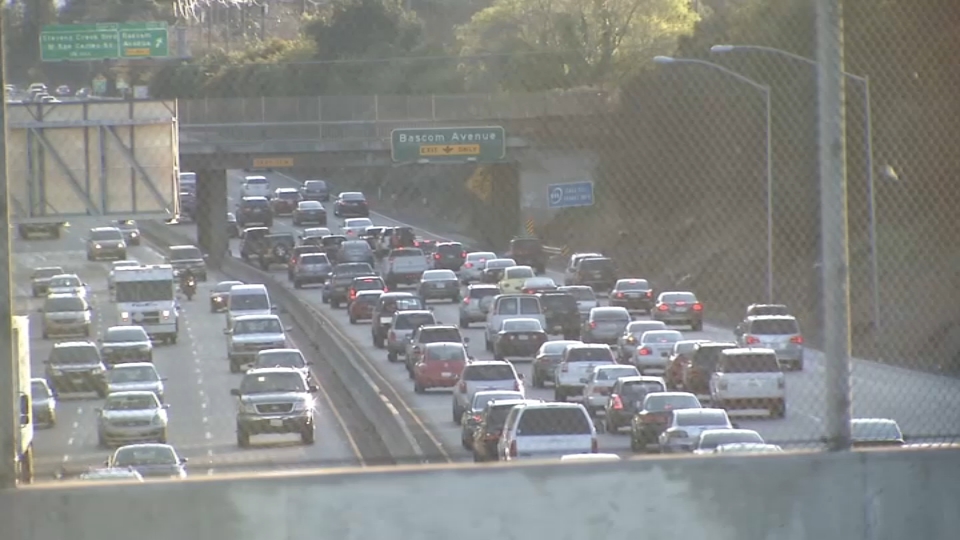Recycled water—the so-called “toilet to tap” variety—processed by the Santa Clara Valley Water District could soon make its way to the region’s drinking supply.
The thought of consuming water from drains, sinks and yes, even toilets, provokes a common response.
“Of course, the first thought right away is, ‘Ew, yuck!’” Dawn Ross, a San Jose resident told NBC Bay Area.
But water processed at the Silicon Valley Advanced Water Purification Center in San Jose—the largest water purification center in Northern California—is indeed safe to drink, according to tests run by the Pleasonton-based Test America, an independent lab facility.
NBC Bay Area reached out to the lab to run drinking water tests on samples from the San Jose purification center.
One test for total organic carbon, or contaminants that can infiltrate drinking water and threaten public health, yielded an “ND” or a “no detection” result.
Tests for E. coli and fecal bacteria returned a “most probable number” of less than two, which indicates no presence of either contaminant.
Local
In other words, the water is more than suitable for drinking.
That is, if you can get past your initial gut reaction.
“It’s cleaner than what’s coming out of your sinks right now,” said Pam John, North Water Treatment Operations Unit Manager for the Santa Clara Valley Water District.
On a recent tour of the Advanced Purification Center, which treats eight million gallons of water a day, John walked NBC Bay Area through a series of treatment processes that prepare the water to be what she says is “near-distilled” quality.
Up first is microfiltration, where very tiny fibers filter out viruses and bacteria from the water. That process is followed by reverse osmosis, which clears away salts and smaller viruses. The final step at the facility is ultraviolet light disinfection, which disinfects the water without using chemicals. The final product looks immaculate, and is totally drinkable, John says.
The water isn’t used for drinking quite yet, John said, but it is used for landscape irrigation, as well as in industrial processes.
For now, the treatment facility is focused on producing clean water and educating the public about it. The hope is to create transparency around the treatment process and reduce the “toilet to tap” stigma.
“We make no bones about this water. It is really water from a sewer,” she said. But that doesn’t mean it can’t be made safe for drinking, she added.
Sewer water from the region is initially treated at the San Jose Regional Wastewater facility, which treats 110 million gallons of wastewater each day.
Much of that recycled water is returned to the San Francisco Bay.
The rest is sent to the Advanced Water Purification Center.
In total, the water that could end up in drinking cups throughout the region goes through two stages of treatment at the Regional Wastewater Facility and three stages at the Advanced Purification Center.
The plan is to expand the Advanced Purification Center to process up to 40 million gallons of water per day and eventually introduce that recycled water to taps for public consumption, John said.
Southern California areas like Orange County have been doing this for many years and is the gold standard in the state for the process, she added.
With the current water supply dwindling, John stressed that implementation of this type of innovation could have a major impact.
“Being in this unprecedented fourth year of drought, these types of supplies, which we think of as being drought-proof supplies—drought-proof, reliable, and local—these types of supplies are invaluable,” she said.



